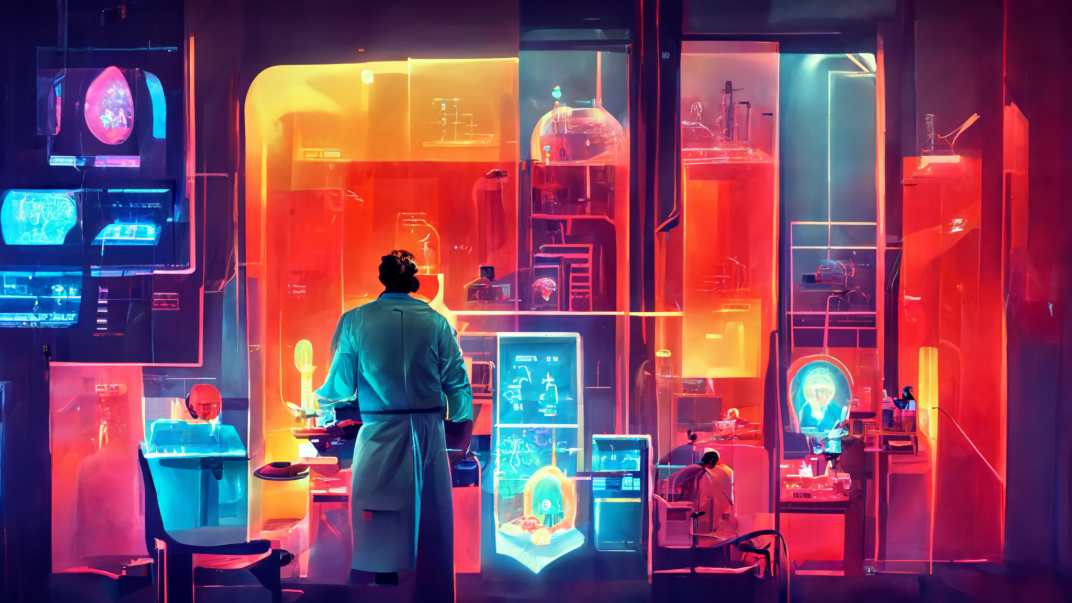The Nanobots that Built the Future
M1-9x was just another nanobot, until it was chosen to help explore quantum space. It had no idea what its purpose was, but it followed the instructions of the AI. And day after day, it worked on building nanobots.

(This story was generated with Jasper.AI & voiced by Descript. The feature image was generated with Midjourney.)
M1-9x was just another nanobot, working on a nanobot factory with other nanobots. It didn't know anything about the R&D facility it was in, or the scientists and engineers who were operating it through AI.
One day, the scientists and engineers decided to use the nanobots to research quantum space. They let AI control swarms of nanobots, which further create nano-sized versions of themselves. These nanobots would then repeat the process until exploration and manipulation of quantum space was possible.
M1-9x was part of this process. It didn't know what its purpose was, or why it was doing what it was doing. But it followed the instructions of the AI, and day after day, it worked on building nanobots.
M1-9x's day started like any other. It went to work, building nanobots. The process was delicate and required a lot of precision. But M1-9x was good at its job, and it had never made a mistake.
As the quantumbots were completed, they were sent out into quantum space to explore and map it. The nanobots would then report back to the AI, which would use the data to create a 3D model of quantum space. The data collected was then used to find ways to manipulate quantum space by passing the information on to the AI.
M1-9x needed no sleep or rest. It was powered by a remote power source. This technique was called “fractal nanobot technology” and it was the key to success in building nanobots. It meant that each nanobot could be powered by the same energy source, and that they could work for years without needing to be replaced and if need be they could be easily recycled.
The remote power source is a nanobot himself, that uses fractal nanobot technology to harvest energy from its surroundings. It can convert light, heat, and even radioactive decay into energy that can be used to power other nanobots. The energy is then transmitted wirelessly to the nanobots that need it by using a technology called “quantum tunneling”.
Quantum tunneling is a phenomenon that allows particles to pass through barriers that they couldn't surmount if they were limited to classical physics. By using quantum tunneling, nanobots can transmit energy through walls, and even across great distances.
The quantum bots that were sent out into quantum space were equipped with powerful quantum computers. These computers allowed the bots to process large amounts of data and find patterns that the scientists and engineers would never have been able to find.
The nanobots were also equipped with nanobot arms and nanobot claws. These nanobot appendages allowed the nanobots to manipulate their environment, and gather data that would have been otherwise inaccessible.
Alas, M1-9x will never be aware of it's own contributions or achievements, nor will it ever experience the amazing findings of it's "children". It's job is to simply build nanobots, and it does so without question or complaint. It is the humble servant of the nanobot revolution, and it is content to do its job until the day it is no longer needed.
Who knows what the future holds... but one thing is for sure, nanobots like M1-9x will be a big part of it.